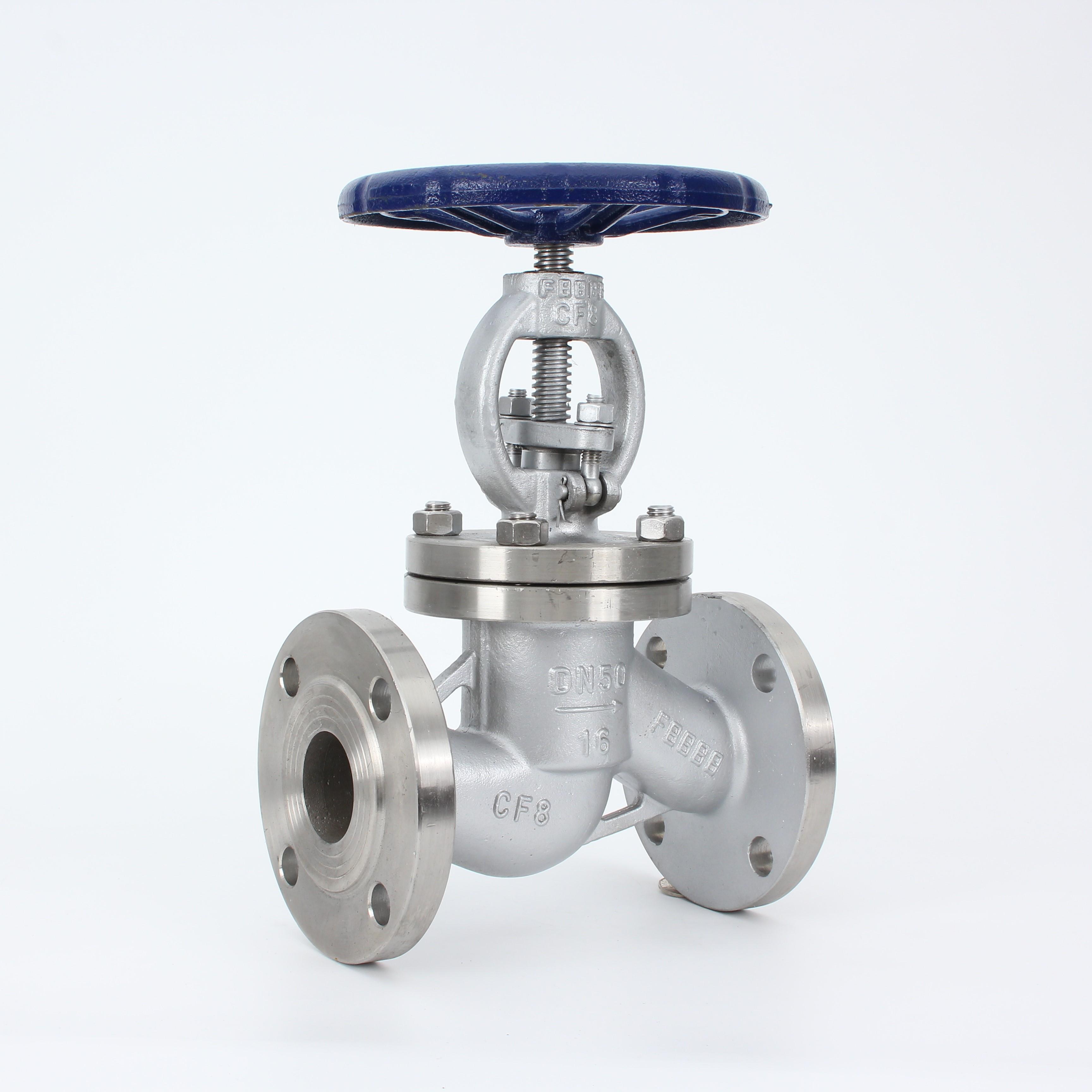butterfly valve limit switch
Understanding Butterfly Valve Limit Switches
Butterfly valves are widely used in various industrial applications due to their reliability, efficiency, and compact design. These valves serve as a simple mechanism for regulating flow by using a rotating disc to obstruct or allow passage through piping systems. However, to ensure that these valves operate correctly and safely within their designed parameters, limit switches play a critical role. This article delves into the importance and operation of butterfly valve limit switches, their benefits, and considerations for implementation.
What Are Butterfly Valve Limit Switches?
Limit switches are electrical devices that provide feedback about the position of a valve. In the case of butterfly valves, limit switches detect whether the valve is in the open or closed position. This is crucial not only for controlling the flow of fluids but also for safety measures. These switches send signals to control systems, allowing for automated control of the valve or warning operators of any anomalies.
Most commonly, limit switches consist of a mechanical actuator that moves in response to the valve's position. The actuator triggers a set of contacts within the switch, changing its electrical state. This change can be communicated to a control system, indicating whether the valve is fully open, fully closed, or somewhere in between.
Importance of Limit Switches in Butterfly Valves
1. Automation and Control In modern industrial applications, automation is key for efficiency and reliability. Limit switches enable operators to monitor and control butterfly valves from a distance. This capability is particularly useful in large facilities where manual operation would be impractical.
2. Safety Monitoring Butterfly valves play critical roles in processes where fluid containment is essential. Limit switches provide an added layer of safety by ensuring that valves are in the correct position. For example, in a chemical plant, a failed valve could lead to hazardous spills. Limit switches help prevent such incidents by triggering alarms or shutting down systems when valves are not operating as expected.
3. Preventive Maintenance Monitoring the position of butterfly valves can provide valuable data for predictive maintenance. Limit switches can detect abnormal conditions, allowing for timely intervention before a failure occurs. This proactive approach helps minimize downtime and maintenance costs.
butterfly valve limit switch

4. Integration with Control Systems Limit switches can easily integrate with PLC (Programmable Logic Controller) systems or SCADA (Supervisory Control and Data Acquisition) systems. This integration enables comprehensive monitoring and control of entire systems, giving operators the ability to oversee multiple processes efficiently.
Choosing the Right Limit Switch
When selecting a limit switch for a butterfly valve, several factors must be taken into account
- Environmental Conditions The operating environment can significantly impact the performance and lifespan of a limit switch. Factors such as temperature, humidity, and exposure to chemicals should be considered. For example, explosion-proof switches may be necessary in hazardous areas.
- Mechanical Compatibility The limit switch must be mechanically compatible with the butterfly valve. The actuator type and mounting options should fit the specific valve design to ensure reliable operation.
- Electrical Specifications It is essential to ensure that the selected limit switch meets the required electrical ratings and compatibility with the control system. This includes voltage ratings and the type of output signals (e.g., normally open or normally closed).
- Durability and Reliability Since limit switches are critical components in ensuring the safe operation of valves, durability is paramount. Look for switches that are rated for high cycle life and built to withstand the demanded operational pressures.
Conclusion
Butterfly valve limit switches serve as vital components in fluid control systems, enhancing safety, efficiency, and automation. With careful selection and proper implementation, these devices can significantly improve overall system performance and reliability. By ensuring that butterfly valves operate within their designed parameters, limit switches contribute to smoother industrial operations, ultimately leading to increased productivity and reduced risk. As technology continues to evolve, the integration of advanced limit switches will only further optimize the functionality of butterfly valves in the industrial landscape.
-
The Key to Fluid Control: Exploring the Advantages of Ball Valves in Industrial SystemsNewsJul.09,2025
-
The Versatile World of 1, 2, and 3 Piece Ball ValvesNewsJul.09,2025
-
Stainless Steel Ball Valves: The Ideal Choice for Efficient Flow ControlNewsJul.09,2025
-
Optimizing Fluid Control with Ball Float ValvesNewsJul.09,2025
-
Manual Gate Valves: Essential for Control and EfficiencyNewsJul.09,2025
-
Everything You Need to Know About Butterfly ValvesNewsJul.09,2025
-
The Versatility of Wafer Type Butterfly ValvesNewsJul.08,2025




